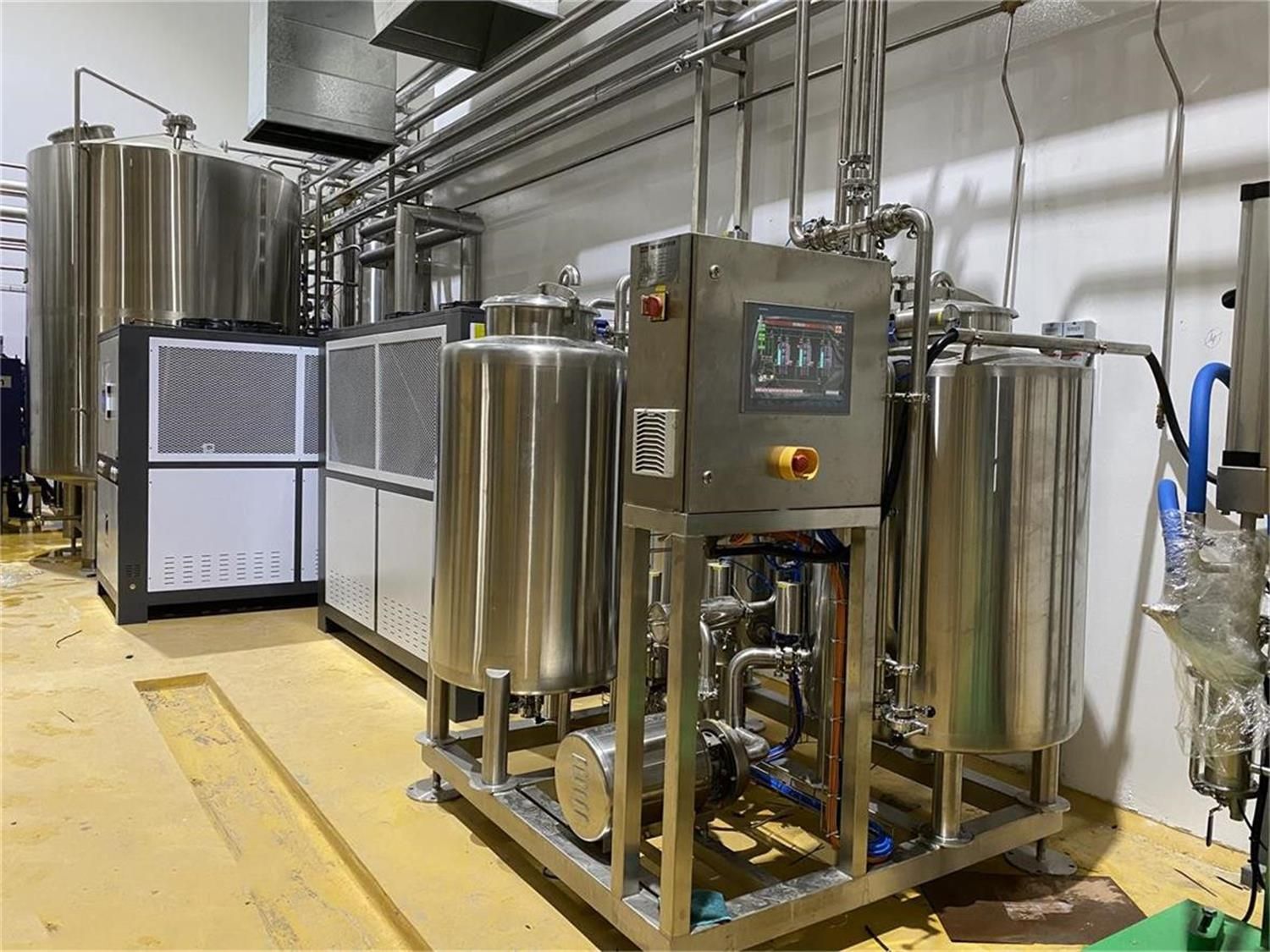The Ultimate Guide to Stainless Steel Brewing Tanks
Brewing beer is both a science and an art, and stainless steel brewing tanks play a pivotal role in making the magic happen. Whether you’re a seasoned brewmaster or just starting your journey into the world of brewing, understanding these tanks is crucial. Let’s dive into everything you need to know about stainless steel brewing tanks, their advantages, functionality, and much more.
Overview of Stainless Steel Brewing Tanks
Stainless steel brewing tanks are specialized vessels designed to hold and process beer during various stages of brewing. These tanks are prized for their durability, resistance to corrosion, and ability to maintain precise temperature controls. They come in various sizes, designs, and customizations to suit home brewers, craft breweries, and large-scale operations alike.
These tanks are constructed using food-grade stainless steel, typically 304 or 316 grades, which ensures the beer remains free of contaminants. Their ability to handle high pressures and maintain a sterile environment makes them indispensable in modern brewing.
Troubleshooting Common Issues with Beer Fermenters
Even the best equipment can run into hiccups. Troubleshooting issues with stainless steel beer fermenters requires a keen eye and a systematic approach. Here are common problems and their solutions:
- Temperature Fluctuations: If your fermenter isn’t holding a steady temperature, check the glycol system or cooling jackets for blockages or leaks. Always ensure insulation is intact.
- Pressure Build-Up: Excess pressure can damage seals or valves. Regularly check your pressure relief systems and avoid overfilling.
- Stuck Fermentation: If yeast isn’t doing its job, the tank’s cleanliness might be at fault. Ensure thorough cleaning and sanitization before each batch.
- Leaks and Drips: Inspect fittings, gaskets, and welds regularly. Small issues can lead to big losses.
By maintaining a rigorous inspection routine, many of these issues can be avoided.
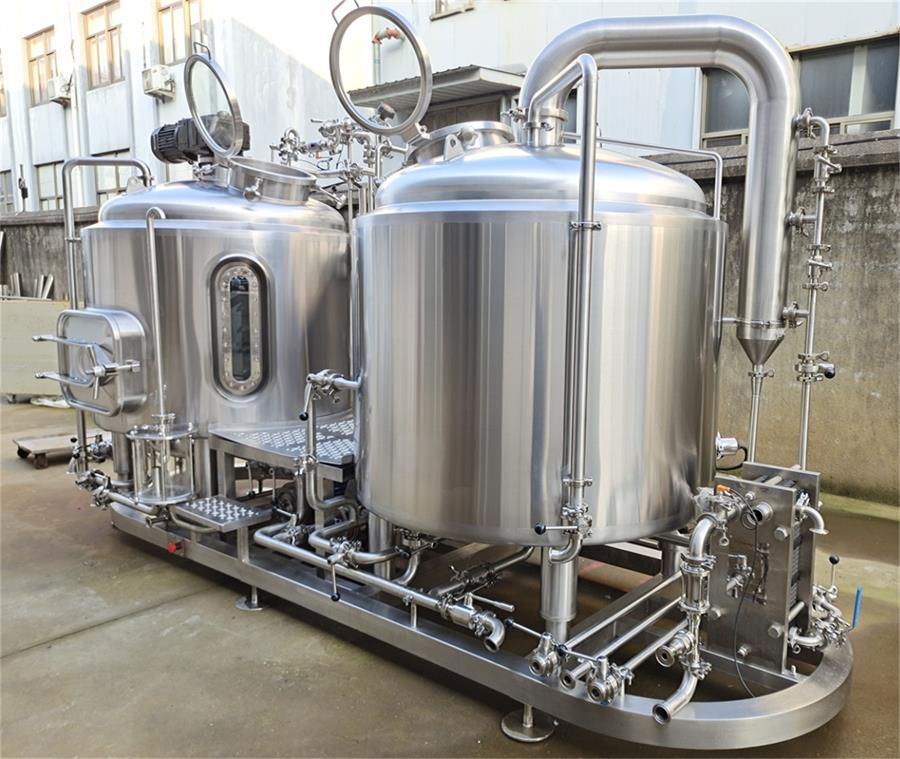
Understanding the Brewing Process
Brewing beer involves several stages, and stainless steel brewing tanks play a role in most of them. Here’s how it works:
- Mashing: Malted grains are soaked in hot water to extract sugars, creating a liquid called wort.
- Boiling: The wort is boiled and hops are added for flavor, bitterness, and aroma.
- Fermentation: The boiled wort is cooled and transferred to fermentation tanks. Yeast is added to convert sugars into alcohol and carbon dioxide.
- Conditioning: The beer is transferred to secondary tanks to mature, clarify, and develop its flavors.
- Packaging: After conditioning, the beer is filtered and packaged for distribution.
Each step requires precise control, and stainless steel tanks are engineered to provide that accuracy.
Capacity, Space, Design, and Customization of Brewing Tanks
| Feature | Details |
|---|---|
| Capacity | Tanks range from small 5-gallon units for homebrewers to 1,000+ gallons for large breweries. |
| Space Requirements | Compact designs are available for small spaces; larger tanks require dedicated facilities. |
| Design | Vertical and horizontal designs, conical bottoms for easy yeast removal, cooling jackets. |
| Customization | Options include additional ports, sight glasses, advanced control panels, and insulation. |
Choosing the right tank depends on your production goals, available space, and budget.
Suppliers and Price Range of Brewing Tanks
| Supplier | Price Range | Key Features |
|---|---|---|
| BrewTech Co. | $5,000 – $25,000 | High-grade materials, excellent warranties. |
| CraftSteel Industries | $3,000 – $20,000 | Custom designs, robust build quality. |
| ProBrew Solutions | $10,000 – $50,000 | Advanced automation, large-scale brewing focus. |
| Homebrew Hardware | $500 – $5,000 | Affordable options for hobbyists and small brewers. |
Investing in a reliable supplier ensures durability and post-sale support.
Installation, Operation, and Maintenance
| Aspect | Details |
|---|---|
| Installation | Requires professional setup to ensure proper alignment, sealing, and connection to utilities. |
| Operation | Operators should follow the manufacturer’s manual. Training in temperature and pressure controls is key. |
| Maintenance | Regular cleaning with CIP (Clean-In-Place) systems, inspection of seals, and lubrication of moving parts. |
Proper installation and upkeep maximize the lifespan of your brewing tanks.
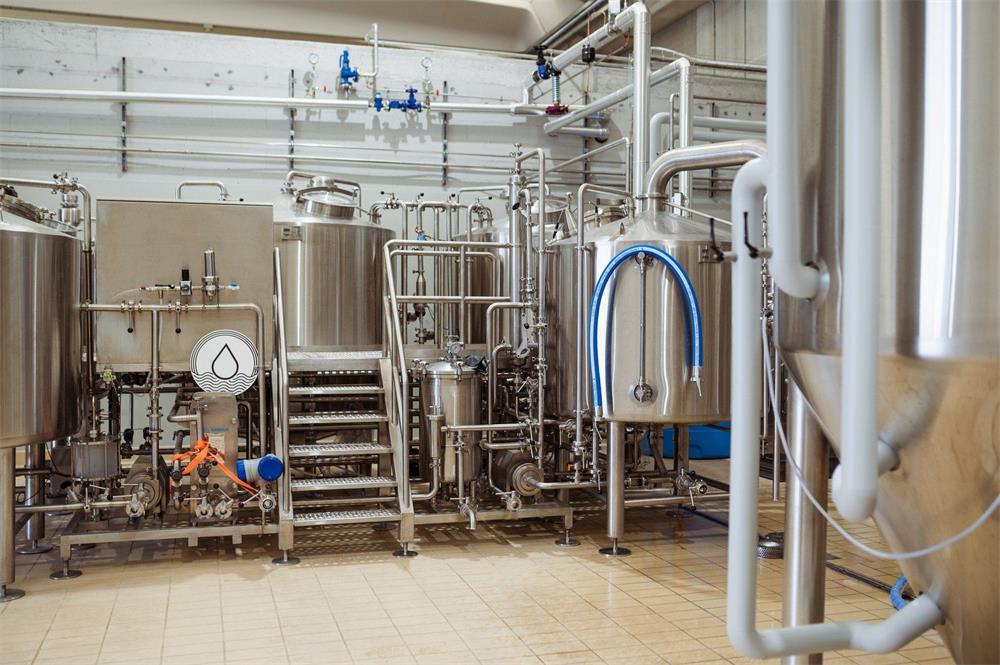
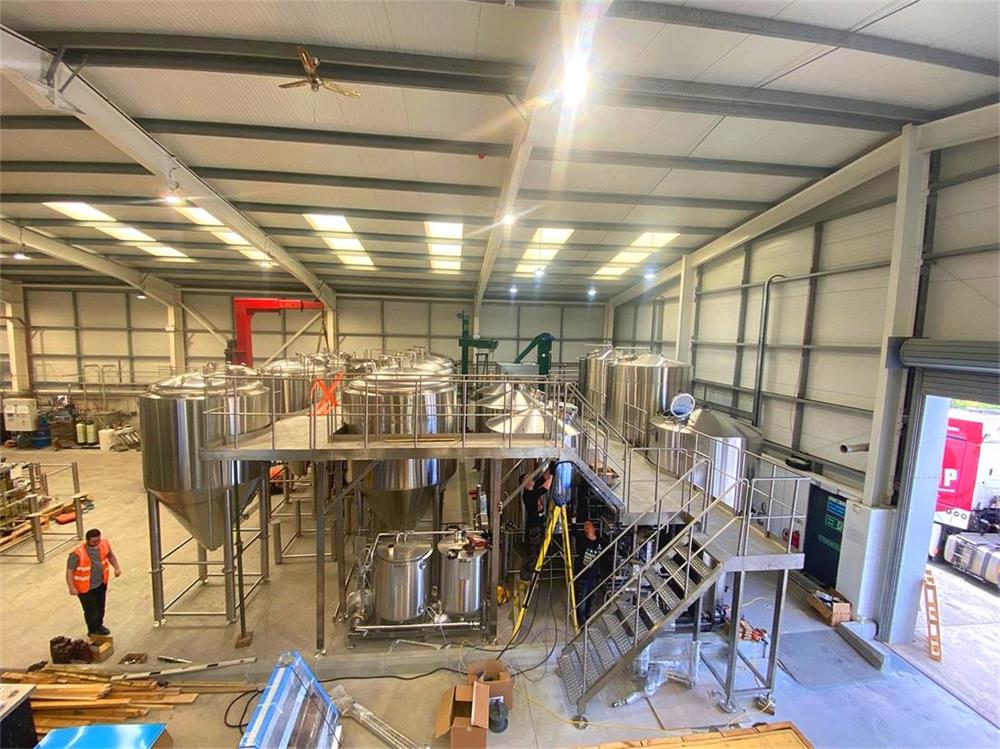


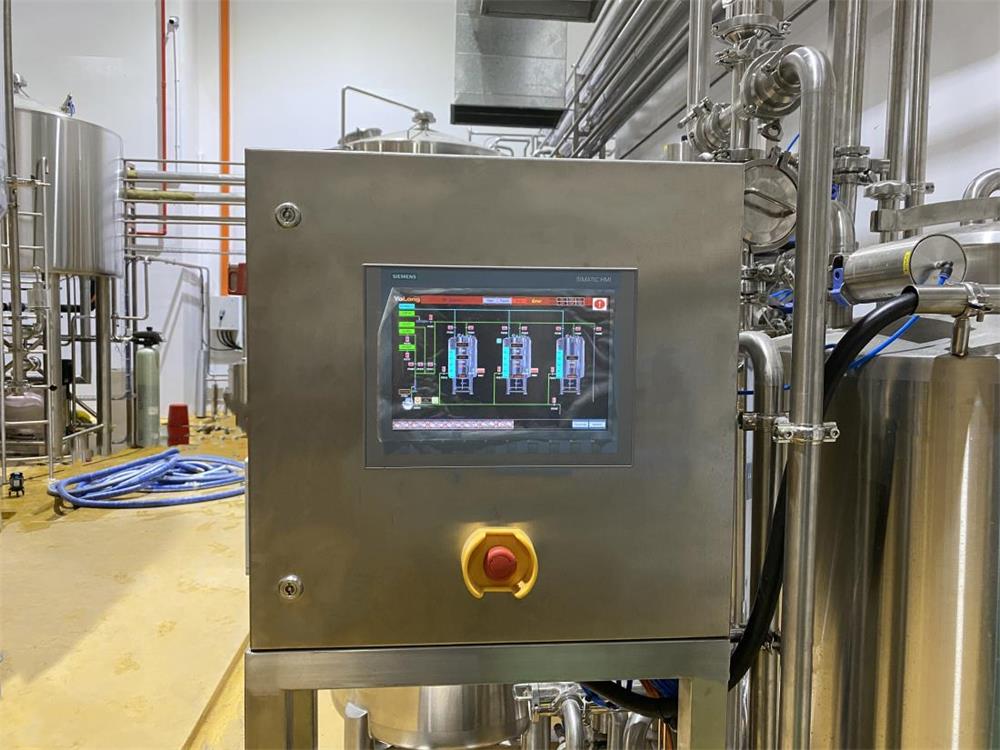
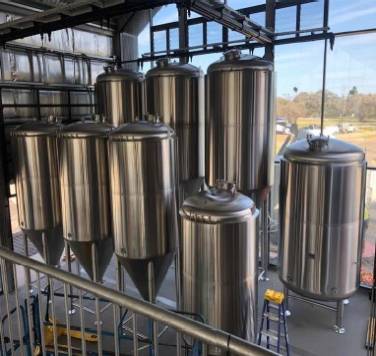
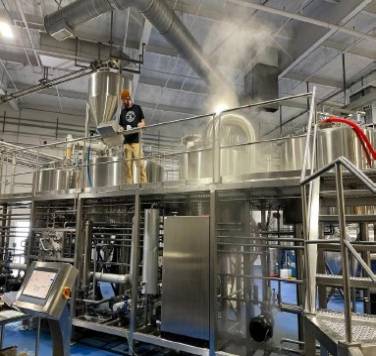
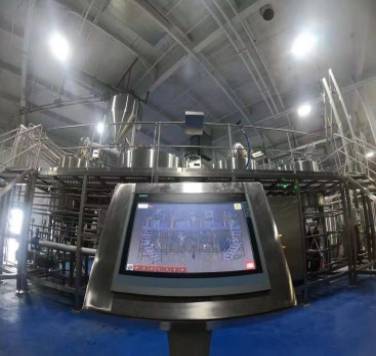
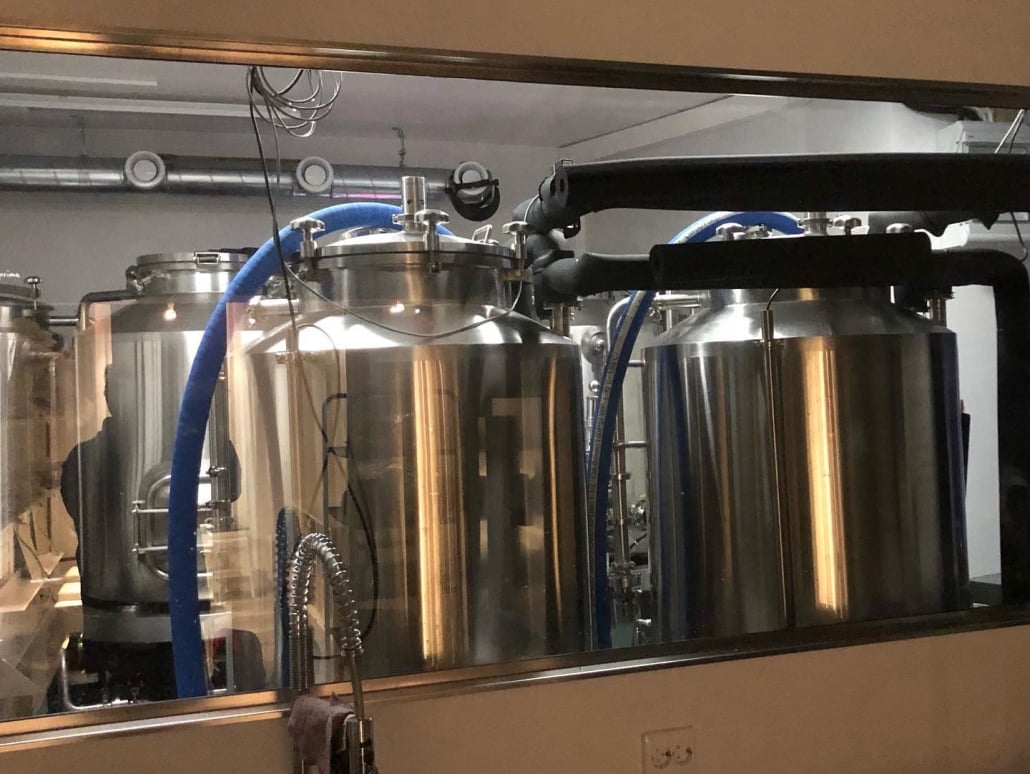
How to Choose a Supplier for Brewing Tanks
| Criteria | Explanation |
|---|---|
| Reputation | Check reviews, testimonials, and industry recommendations. |
| Customization Options | Ensure the supplier can meet your specific brewing needs. |
| Warranty | Look for comprehensive warranties and after-sales service. |
| Pricing | Compare quotes but don’t compromise on quality for lower prices. |
| Delivery Times | Ensure the supplier can meet your timelines. |
Taking the time to evaluate suppliers thoroughly pays off in the long run.
Comparing Stainless Steel Brewing Tanks: Pros and Cons
| Aspect | Advantages | Limitations |
|---|---|---|
| Material | Corrosion-resistant, easy to clean. | Higher initial cost compared to plastic tanks. |
| Durability | Long-lasting, robust construction. | Heavy and may require specialized equipment. |
| Temperature Control | Excellent thermal properties for consistency. | Complex systems require skilled operation. |
| Customization | Highly adaptable to specific needs. | Custom features add to the cost. |
Understanding the pros and cons helps in making informed decisions.
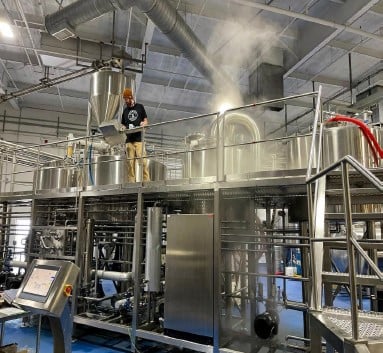
FAQ
| Question | Answer |
|---|---|
| Why is stainless steel preferred? | It’s durable, corrosion-resistant, and easy to sanitize, ensuring quality beer production. |
| What size tank do I need? | It depends on your production scale and available space. Consult a supplier for guidance. |
| How do I clean these tanks? | Use a CIP system with caustic solutions and rinse thoroughly. |
| Can I use these tanks for other beverages? | Yes, they are suitable for wine, cider, and kombucha production too. |
| Are they environmentally friendly? | Stainless steel is recyclable and reduces waste compared to single-use plastic containers. |
Additional FAQs About Stainless Steel Brewing Tanks (2025)
1) What interior finish should I specify for hygienic stainless steel brewing tanks?
For cold-side tanks, specify ≤0.8 μm (32 Ra) mechanical polish on all product-contact surfaces; electropolish is increasingly adopted to reduce biofilm risk and shorten CIP time.
2) 304 vs 316/316L: which stainless grade is best for brewing?
304 suits most beer applications. Choose 316/316L for higher chlorides, acidic products, or aggressive CIP chemistries; 316L’s lower carbon improves weld corrosion resistance.
3) How do I size glycol capacity for fermentation and brite tanks?
Plan roughly 1.0–1.5 refrigeration tons per actively fermenting 10 bbl FV equivalent; 0.5–0.8 tons per brite/holding tank. Validate with OEM heat-load data and local ambient conditions.
4) What cone angle and outlet spec improve yeast harvest?
A 60° cone with a properly sized racking arm and bottom dump valve promotes compact yeast sediment and clean beer draws; consider a sight glass and tri-clamp valves for control.
5) How do I validate CIP/SIP effectiveness on stainless tanks?
Use riboflavin coverage tests for spray devices, verify conductivity and temperature holds, titrate detergents, and document time/temperature/flow. Requalify after hardware or chemistry changes.
2025 Industry Trends for Stainless Steel Brewing Tanks
- Pressure-rated unitanks: Consolidate fermentation, conditioning, and carbonation to reduce transfers and oxygen pickup.
- Digital cellars: Native OPC UA/MQTT connectivity, inline DO/CO2, and cloud batch logs for traceability and preventive maintenance.
- Hygienic design upgrades: Orbital TIG welds, electropolished interiors, and verified surface roughness reporting are moving beyond pharma into craft beverage.
- Sustainability gains: Heat recovery to HLT, better insulation, low-water CIP, and VFD-driven pumps deliver measurable OPEX reductions.
- Material optimization: Targeted use of 316L or duplex stainless in corrosive/high-chloride processes to extend service life.
Benchmarks for Stainless Steel Brewing Tanks (2024–2025)
| Metric | 2024 | 2025 (proj.) | Notes/Source |
|---|---|---|---|
| New cold-side tanks specified as pressure-rated unitanks | ~60% | ~72% | OEM catalogs; distributor feedback |
| Electropolished interior spec on new hygienic vessels | ~50% | ~63–65% | RFQ/vendor specs |
| Breweries using closed transfers FV→BBT/package | ~55% | ~68% | QA audits; industry forums |
| Inline DO meters on brite tanks (adoption) | ~42% | ~58% | Supplier shipments |
| Water-to-beer with optimized CIP (hl/hl) | 4.5–5.5 | 3.6–4.8 | Brewers Association benchmarking |
| Tanks shipped with native IoT (OPC UA/MQTT/logging) | ~38% | ~52% | Controller OEMs; integrators |
Authoritative references:
- Brewers Association sustainability/benchmarking: https://www.brewersassociation.org/sustainability
- Master Brewers Association of the Americas (MBAA) Technical Quarterly: https://www.mbaa.com/publications/tq
- American Society of Brewing Chemists (ASBC) Methods: https://www.asbcnet.org
- ASME Bioprocessing Equipment (BPE) standards: https://www.asme.org/codes-standards
- U.S. DOE Better Plants tools: https://www.energy.gov/better-plants
Latest Research Cases
Case Study 1: Electropolished Tanks Cut CIP Time and Utilities (2025)
Background: A regional craft brewery experienced long CIP cycles and occasional micro fails on 30–60 bbl stainless steel brewing tanks with 0.8–1.2 μm Ra finishes.
Solution: Upgraded to electropolished ≤0.6 μm Ra interiors, replaced static spray balls with high-efficiency rotating devices, and implemented riboflavin coverage testing with conductivity-controlled rinse endpoints.
Results: CIP time reduced 25–30%; water use per cycle down 18–22%; ATP fail rate post-CIP dropped by 70%; payback achieved in ~16 months.
Case Study 2: Closed Transfers and DO Monitoring Improve Shelf Stability (2024)
Background: Elevated brite DO (~120 ppb) led to flavor staling in hop-forward SKUs.
Solution: Adopted closed FV→BBT→package transfers, CO2-purged lines and vessels, spunding on unitanks, and inline DO measurement at brite.
Results: Brite DO reduced to ~40 ppb; carbonation time decreased ~30%; sensory shelf-life extended 4–6 weeks; cellar labor saved ~1 hour per batch.
Expert Opinions
- Tom Shellhammer, Ph.D., Professor of Fermentation Science, Oregon State University
Key viewpoint: “Temperature precision and oxygen control in stainless steel brewing tanks are the biggest levers for flavor stability, especially in hop-driven beers.” - Mary Pellettieri, QA Consultant; Author of “Quality Management for Craft Beer”
Key viewpoint: “Sanitary sample valves, reliable thermowells, and documented QC (pH, gravity, DO, micro) turn stainless tanks into repeatable, audit-ready assets.” - Truls Eidsmo, Senior Process Engineer, ASME BPE Member
Key viewpoint: “Documented surface roughness, weld quality, and CIP validation lower micro risk and cleaning time—hygienic design pays back quickly.”
Practical Tools and Resources
- Standards and QA
- ASME BPE (hygienic design): https://www.asme.org/codes-standards
- ASBC Methods of Analysis (lab/packaging oxygen): https://www.asbcnet.org
- MBAA Technical Quarterly and Best Practices: https://www.mbaa.com/publications/tq
- Sustainability and utilities
- Brewers Association sustainability calculators/guides: https://www.brewersassociation.org/sustainability
- DOE Better Plants calculators (motors/steam/chillers): https://www.energy.gov/better-plants
- Procurement/community
- ProBrewer forums and classifieds: https://www.probrewer.com
- BrewBids equipment marketplace: https://brewbids.com
- Process software
- Brewfather (batch/cellar logging): https://brewfather.app
- BeerSmith (recipe design/records): https://beersmith.com
Last updated: 2025-09-30
Changelog: Added 5 targeted FAQs, 2025 benchmark table for Stainless Steel Brewing Tanks, two case studies on electropolish/CIP optimization and oxygen control, expert viewpoints, and curated tools/resources with authoritative references.
Next review date & triggers: 2026-03-31 or earlier if BA benchmarking updates, ASME BPE revisions, or OEM changes to finishes/pressure specs impact tank selection and ROI.
Share this entry
Interested in learning more about Brewing Systems including additional details and pricing information? Please use the form below to contact us!
YOLONG BREWERY EQUIPMENT FAQS
- Commercial Brewery / Craft Brewery / Microbrewery / Nanobrewery
- What is The Difference Between Craft Beer and Industrial Beer?
- The Bespoke Differences In Custom Brewing Systems
- Everything You Need to Know About Kettle Souring
- How to Choose Brewing Equipment for Your business?
- How To Choose The-Best Partner To Build Your Commercial Microbrewing System?
- Two Detection Sensors That You Need To Use In Your Brewhouse System
- Remote Control Applications in Brewing Equipment/How does it work?
- How To Clean Your Brand New Brewery Tanks?

